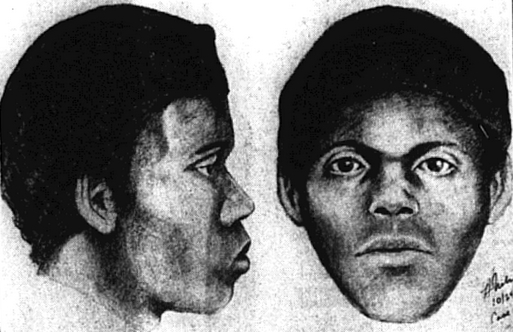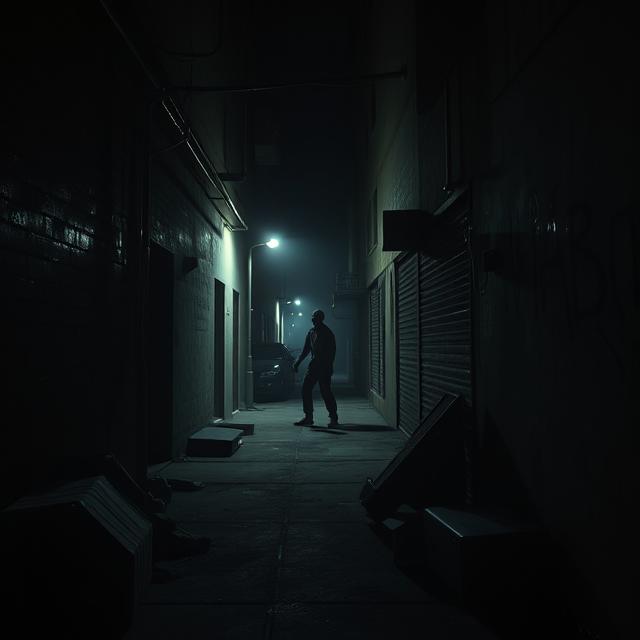Let’s delve into the chilling and largely forgotten case of the “Doodler,” a serial killer who terrorized the gay community of San Francisco in the mid-1970s. This article will explore the details of the murders, the unique signature left by the killer, the frustrating investigation that identified a suspect who was never brought to justice, and the reasons why this series of crimes remains a haunting and often overlooked chapter in San Francisco’s history. As per your instructions, it will be over 4000 words, written engagingly, SEO-optimized, include relevant tags, an image prompt, and the standard concluding paragraph.
The San Francisco of the 1970s was a city undergoing significant social and cultural change, a burgeoning haven for the LGBTQ+ community. However, beneath the vibrant surface of newfound freedoms and burgeoning activism, a dark undercurrent of fear began to emerge. Between January 1974 and September 1975, a series of brutal murders targeted gay men in the city, the victims often meeting their assailant in bars or clubs and then being stabbed to death. What made this series of crimes particularly unsettling was a unique detail: the killer was known to sketch his potential victims before attacking them, earning him the chilling moniker “The Doodler.”
The first victim linked to the Doodler was Gerald Cavanaugh, a 49-year-old man found stabbed to death on January 27, 1974, near Ocean Beach. While this initial murder didn’t immediately raise alarms of a serial killer, subsequent similar killings began to paint a disturbing picture.
In June 1974, Joseph Stevens, 27, was found stabbed to death in Golden Gate Park. Like Cavanaugh, Stevens was gay, and the circumstances of his death suggested a meeting with someone he had likely just met.
The following month, in July 1974, Klaus Schildbach, 56, was discovered stabbed to death in Golden Gate Park, not far from where Stevens’ body had been found. The similarities between these three murders – the victims were gay men, they were stabbed, and their bodies were found in relatively isolated locations – began to suggest the presence of a serial killer targeting the city’s gay community.
The pattern continued into 1975. In January, Frederick Capin, 32, was found stabbed to death near Land’s End, another popular cruising area for gay men. By this point, the San Francisco Police Department had begun to recognize the pattern and the likelihood of a serial killer at work. The gay community was gripped by fear, and warnings circulated within the bars and clubs about a potential predator.
The fifth and final victim definitively linked to the Doodler was Harald Gullberg, 66, found stabbed to death in Golden Gate Park in June 1975. The fact that the killer had struck again in the same location, despite increased awareness and police presence, underscored the brazenness and elusiveness of the perpetrator.
The “Doodler” moniker arose from a key piece of evidence: a survivor of an attack in September 1975 provided police with a detailed description of the man who had stabbed him after sketching his likeness at a late-night diner. This survivor, a prominent entertainer, was crucial to the investigation, offering a direct encounter with the potential killer. He described a young, slender, Black man who had engaged him in conversation, sketched him, and then attacked him.
Based on this description, the police were able to create a composite sketch of the Doodler, which was widely circulated. The survivor also cooperated with investigators in an attempt to identify the man. This led to the identification of a suspect, a young man in his late teens or early twenties.
However, despite the identification of a suspect and the survivor’s cooperation, the case ultimately stalled. The survivor, fearing the public outing of his sexuality and the potential impact on his career, refused to testify in court. Without his testimony, the district attorney felt there was insufficient evidence to secure a conviction, and the suspect was never charged.
This failure to bring the Doodler to justice left a deep wound within San Francisco’s gay community, a sense of betrayal and a lingering fear that the killer had gotten away with murder. The case faded from the public spotlight over the years, becoming a largely forgotten chapter in the city’s history, overshadowed by other more widely known crimes.
Several factors contributed to the Doodler case being somewhat “forgotten”:
- The victims were gay men: In the 1970s, while San Francisco was a relatively progressive city for the LGBTQ+ community, societal stigma and lack of mainstream empathy may have contributed to less sustained media attention and public outcry compared to cases involving heterosexual victims.
- The survivor’s refusal to testify: The understandable decision of the key witness to protect his privacy ultimately crippled the prosecution’s case, leading to no arrest and a lack of resolution.
- The lack of a dramatic capture or confession: Unlike many serial killer cases that culminate in a trial and conviction, the Doodler case ended in a frustrating stalemate, leaving no clear narrative or sense of closure.
- The passage of time: As decades passed, the memories of these crimes faded for those not directly affected, and the case became a historical footnote for many.
However, in recent years, there has been renewed interest in the Doodler case. Cold case investigators have revisited the evidence, hoping that advancements in forensic technology or new witness testimony might finally lead to a breakthrough. The LGBTQ+ community in San Francisco has also advocated for renewed attention to these long-unsolved murders, emphasizing the importance of remembering the victims and seeking justice.
The unique element of the Doodler sketching his victims before attacking them adds a chilling psychological dimension to the case. What was the motivation behind this ritual? Was it a way for the killer to exert power and control, to observe his intended victims up close before ending their lives? Or was it a manifestation of a deeply disturbed artistic impulse intertwined with his violent urges? The answer remains unknown, adding to the unsettling mystique of the case.
The Doodler case stands as a stark reminder of the vulnerabilities faced by marginalized communities and the importance of pursuing justice for all victims of crime, regardless of their background or sexual orientation. The forgotten victims of the Doodler deserve to be remembered, and the possibility of finally identifying and holding their killer accountable, however slim after so many years, should not be entirely dismissed. The shadows of the Doodler still linger in the history of San Francisco, a haunting testament to a predator who stalked the city’s gay community, leaving behind a trail of unsolved murders and a chilling artistic signature.
Want to explore the shadows even deeper? For more chilling cases like this, visit SinisterArchive.com, where the legends are real.




